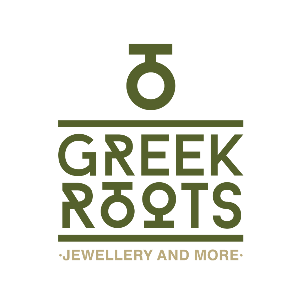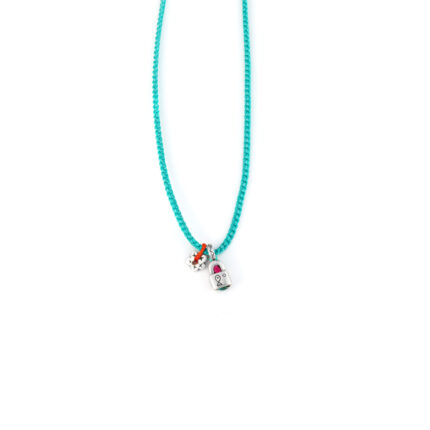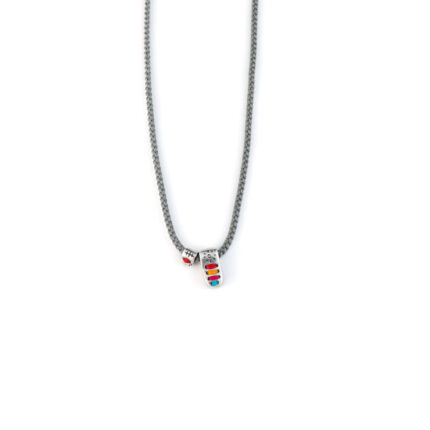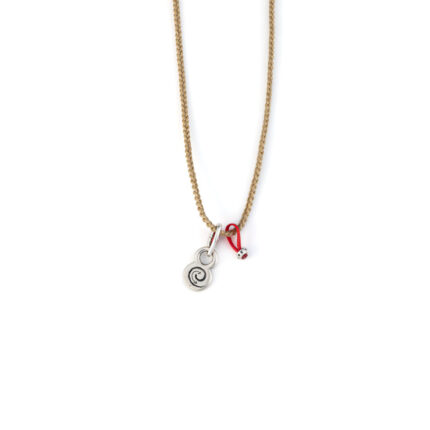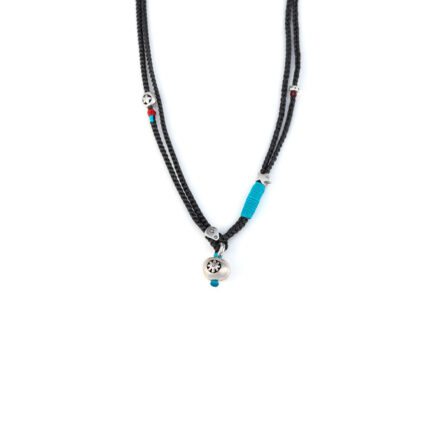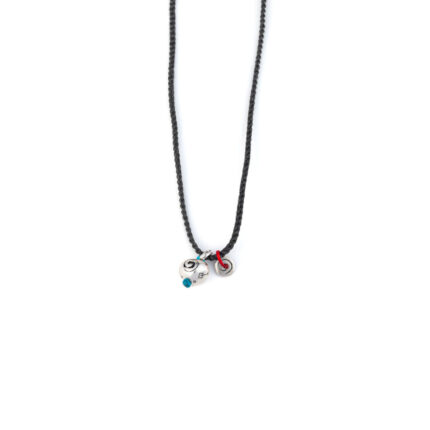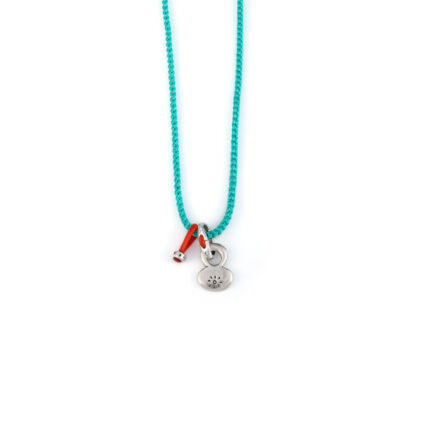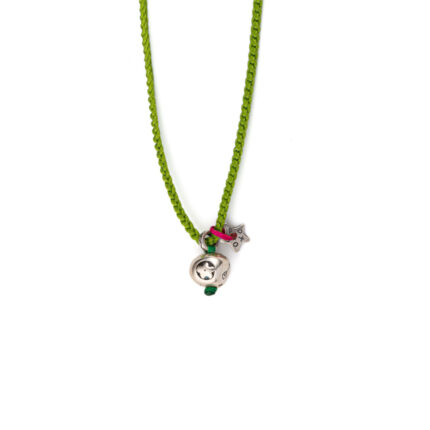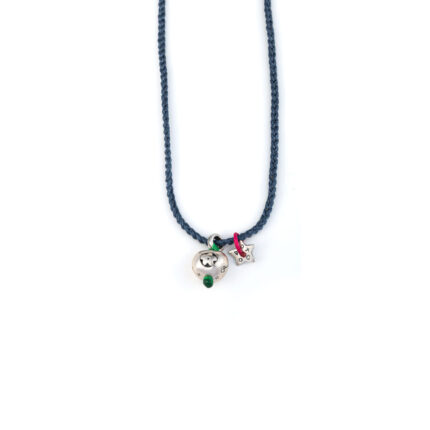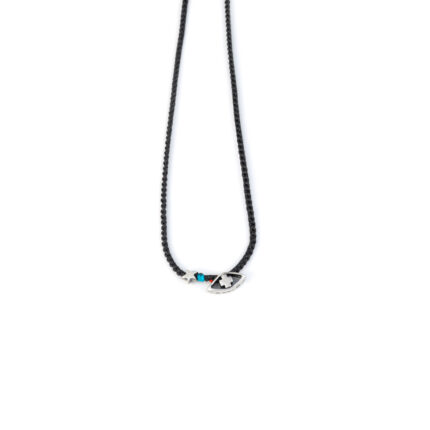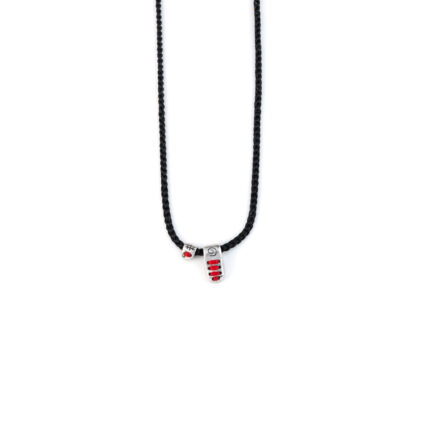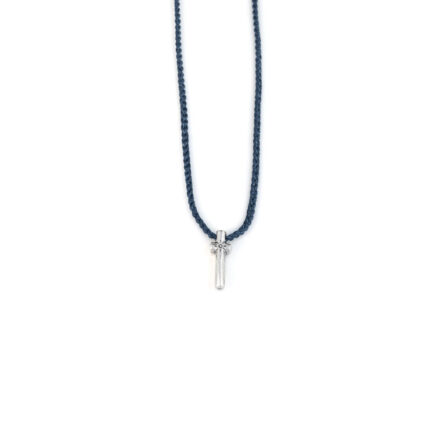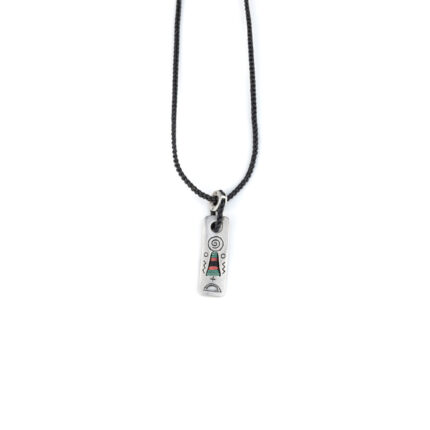Ταξινόμηση κατά
Υλικό
- 14k χρυσό και ασήμι 925 (28)
- 18k χρυσό και ασήμι 925 (8)
- 935 silver (862)
- ασήμι 925 (355)
- ασήμι και επίχρυσο (3)
- επίχρυσο (134)
- μπρούντζος (3)
- σμάλτο (76)
- χρυσό (100)
Σχέδιο
- Αμφορέας (7)
- Αυγό (47)
- Γάιδαρος (1)
- Ελληνικοί Ναοί (6)
- Ήλιος της Βεργίνας (10)
- Κουκουβάγια (2)
- Κριάρι (1)
- Κωνσταντινάτο (12)
- Λιοντάρι (1)
- Μέδουσα (7)
- Μινωικά (9)
- Μπουζούκι (8)
- Σπαρτιάτικα (3)
- Τσαρούχι (4)
Νόμισμα
- Αλέξανδρος ο Μέγας (26)
- Ηρακλής - Τετράδραχμο (7)
- Θεά Αθηνά (46)
- Θεός Ήλιος (6)
- Θησέας και Μινώταυρος (1)
- Μέδουσα (1)
- Παρθενώνας (1)
- Πήγασος (6)
Λίθος
- amazonite (1)
- amethyst (1)
- bloodstone (1)
- crystals (1)
- emerald (12)
- fildisi (10)
- garnet (3)
- lapis lazuli (11)
- malachite (2)
- mother of pearl (4)
- multi stone (3)
- onyx (3)
- opal (1)
- pearl (7)
- ruby (19)
- sapphire (14)
- sodalite (1)
- swarovski (1)
- tourmaline (2)
- turquoise (9)
- turquoise copper (1)
- zircon (32)
Σύμβολο
- greek key (4)
- humans (1)
- αγάπη (142)
- αιγόκερως (1)
- αισιοδοξία (203)
- αλληλεγγύη (12)
- αναγέννηση (20)
- αναρριχητής (32)
- άπειρο (14)
- ασφάλεια (3)
- δίδυμος (1)
- ειρήνη (109)
- ελπίδα (93)
- εμπιστοσύνη (126)
- επαναπροσδιορισμός (4)
- επικοινωνία (67)
- ζυγός (1)
- ζώδια (17)
- ιχθείς (1)
- καρκίνος (1)
- κοινή προσπάθεια (22)
- κριός (1)
- λέων (1)
- οξυγόνο (9)
- παρθένος (1)
- πίστη (122)
- προσαρμοστικότητα (67)
- σκορπιός (1)
- συναίσθημα (105)
- ταύρος (1)
- τοξότης (1)
- Υδροχόος (1)
- φαντασία (59)
- φιλοδοξία (72)
- ψυχή (241)
Χρώμα
- Άκουα Μαρίνα (44)
- Απαλό Πράσινο (8)
- Άσπρο (1)
- Βεραμάν (5)
- Γαλάζιο & Μπλε (1)
- Γκρι (60)
- Ηλεκτρίκ (15)
- Καφέ (99)
- Κίτρινο (38)
- Κόκκινο (140)
- Κόκκινο & Μπλε (1)
- Κοραλί (13)
- Λαδί (2)
- Λιλά (4)
- Μαύρο (171)
- Μολυβί (136)
- Μπλε (23)
- Μπλε Ρουά (38)
- Μπλε Τζιν (120)
- Μωβ (5)
- Νέο Μπλε (10)
- Νέο Χακί (46)
- Πάγου (39)
- Πετρόλ (24)
- πολύχρωμο (1)
- Πορτοκαλί (1)
- Πουρό (11)
- Πράσινο (27)
- Ράστυ (46)
- Σιέλ (12)
- Σκούρο Πράσινο (12)
- Σοκολατί (4)
- Ταμπά (9)
- Τερακότα (4)
- Τυρκουάζ (64)
- Φούξια (11)
- Χακί (16)
- Χρυσό (2)
